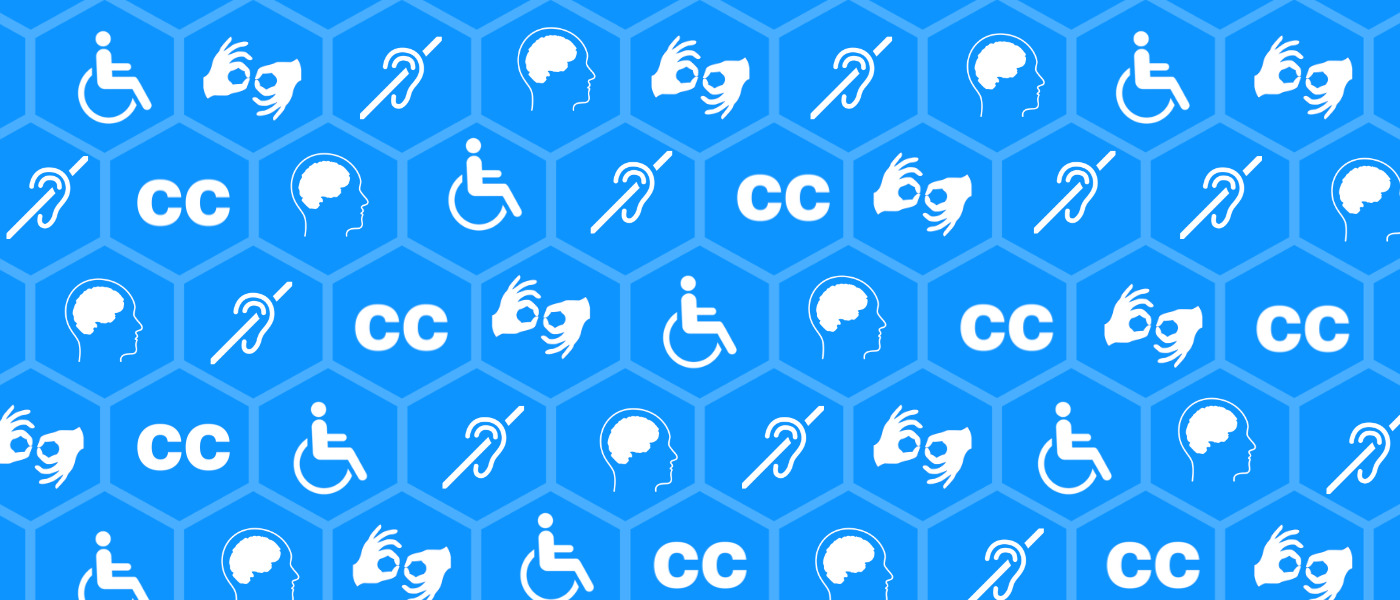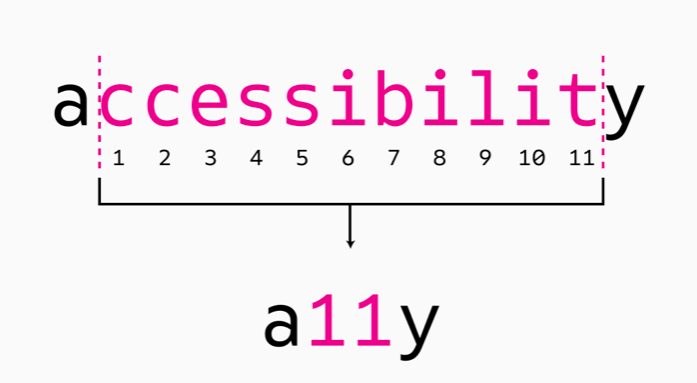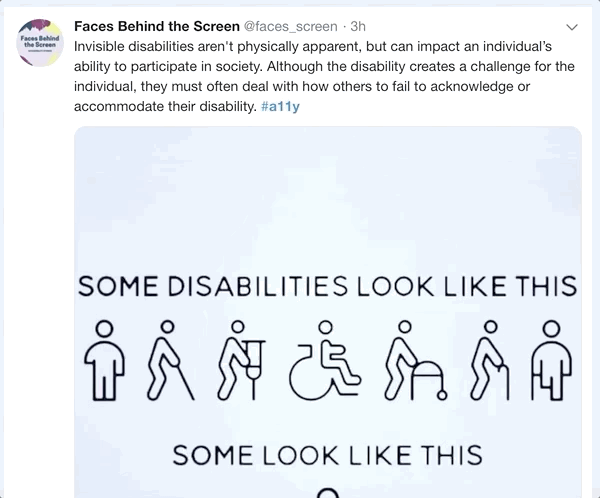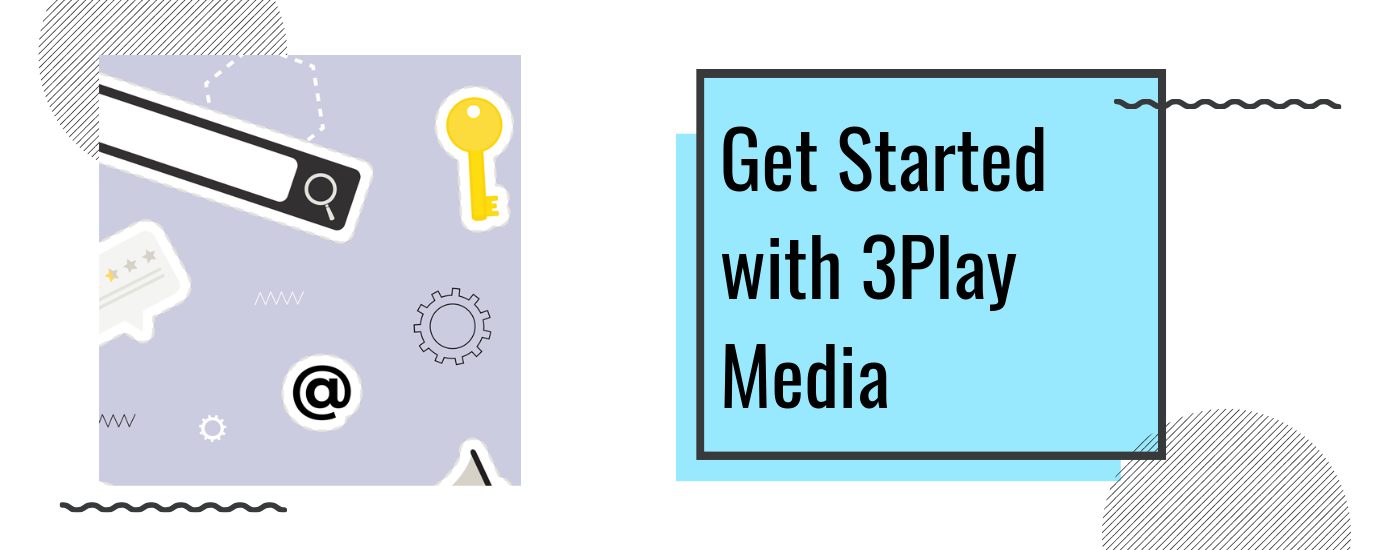Benefits of A11y to Viewers
Updated: March 13, 2024
According to the Merriam-Webster dictionary, simply put, accessibility is something that is capable of being easily seen or used. From a design perspective, accessibility is designing products and services in mind so that it can be accessed by everyone – including people with disabilities.
Accessibility is sometimes abbreviated as the numeronym “a11y” (pronounced a-1-1-y). The number 11 refers to the number of letters between the first and last letters in accessibility. It’s also made to look like the word ally, which in the disability community, is an individual or organization that supports accessibility.
(Image courtesy of MDS)
Educators, developers, and disability rights activists alike use the hashtag #a11y to share accessibility tips, news, stories, and much more on social media.
Regardless of industry or profession, many people contribute to the conversation around a11y. With the rise of technology, we’ve seen an exponential increase in online content as well. Unfortunately, for people with disabilities, many are left out from fully engaging with this content. For example, some films and shows don’t have captions or audio description for individuals with hearing and vision loss. Without them, the film or show becomes completely inaccessible.
An inaccessible web leaves individuals with disabilities feeling excluded from fully participating and enjoying the same experiences as their counterparts. If your company or organization is looking to implement accessibility into your video content, here are the many benefits of a11y to viewers.
1. A11y for Viewers with Disabilities
Did you know that over 5% of the world’s population has a disabling hearing loss? According to the World Health Organization (WHO), that number is estimated to be over 466 million people.
Captions and transcripts allow people who are d/Deaf or hard of hearing to watch videos or listen to audio content without having to rely on the sound to grasp new information.
As for those with vision loss, 1.3 billion people live with some form of vision impairment globally. Accommodations, like audio description, help blind and low vision viewers understand the visual cues on screen. Additionally, for people who are on the autistic spectrum, the emotions and social cues described through audio descriptions are very beneficial. Non-verbal communication can reveal a lot of information, and if an individual can’t decipher these cues, they will have a hard time understanding pertinent information.
2. Better Comprehension
Captions and transcripts can also be beneficial for online learning. A study conducted with Oregon State University found that 52% of students found captions helpful as a learning aid by improving comprehension. When students were asked what was the most common reason they used captions, 65.42% responded that they used them to focus.
For viewers who speak English as a second language, captions and transcripts enhance their viewing experience. Captions are a useful tool for non-native English speakers because they can read along while they listen, improving their comprehension. In the same study conducted by Oregon State University, they also discovered that 66% of students who are learning English as a second language found captions either “very” or “extremely” helpful.
-Michigan State University study
Remember when you learned a new subject in math class? Your teacher would write the information on the board while explaining it at the same time. This is because research suggests that the brain processes information in two channels – visually and auditorily. When we’re able to consume information simultaneously, the brain is able to process a larger amount of new information.
Audio description can help improve learning outcomes by developing several important learning skills:
- Language development: listening is key to learning language
- Auditory learners: it’s estimated that 20-30% of students retain information best through sound
- New media literacy: listening is essential to understanding and producing communication in many forms
- Writing and speaking: high-quality descriptions are succinct and context-relevant, making audio description a useful tool for improving written and oral communication skills.
Another way audio description can help with improving comprehension is during moments of inattentional blindness.
If you’re a multitasker (which is most of us), you’re probably used to watching something while simultaneously doing another task. But let’s be honest here, you really can’t catch every detail shown on the television while cooking dinner. Audio description allows you to enjoy your program without even having to look up. It narrates all the visual cues so that you can keep your eyes on the stove without missing a thing!
Flexibility in Sound Sensitive Environments
When sound isn’t available to viewers, captions and transcripts can be very useful. Imagine you’re on a noisy train or in a silent library. The sound is obscured, making it incomprehensible. Captions and transcripts convey the spoken information without the need for sound.
Autoplaying a muted video is very common on social media platforms like Facebook and Instagram. In fact, according to Digiday, 85% of Facebook videos are played without sound – which users prefer. Without sound or headphones, viewers are still able to understand and engage with your content.
User Experience
When it comes to user experience, you want to make sure your viewers have a positive experience when interacting with your content. Making a video accessible to viewers through the use of captions, transcripts, or audio description improves user experience. As mentioned above, accessibility helps your viewers focus on and comprehend information. Most people who use captions don’t even have a disability. 80% of viewers who use closed captions are not deaf or hard of hearing. Captions are loved by many – not just viewers with disabilities.
Furthermore, including interactive transcripts make your video content vastly searchable. Not only can search engines crawl through your content, but viewers can search for keywords within the transcript and see everywhere the keyword appears. They can jump to any spot in the video by clicking on the specific keyword. In a study conducted by MIT OpenCourseWare, 97% of students said interactive transcripts enhanced their learning experience.
The benefits of a11y to your viewers are limitless. Click below to make your content accessible 👇
Further Reading

Subscribe to the Blog Digest
Sign up to receive our blog digest and other information on this topic. You can unsubscribe anytime.
By subscribing you agree to our privacy policy.









